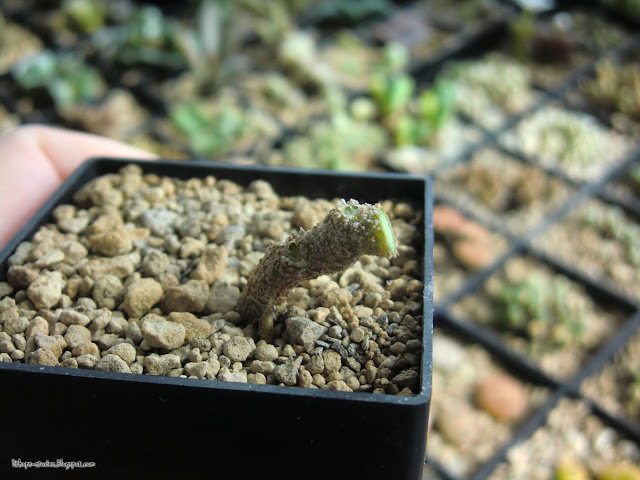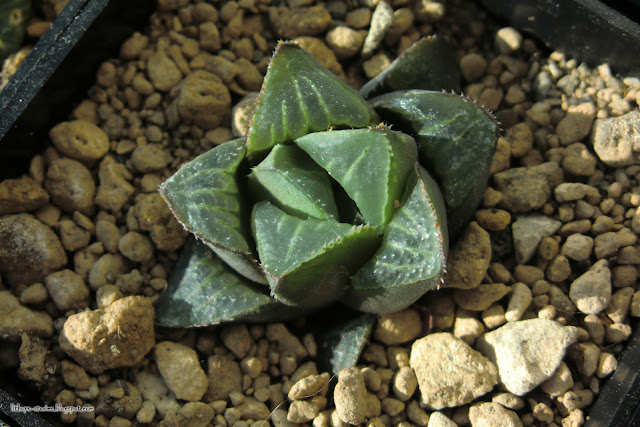In general, Adromischus are not difficult to grow on the windowsill. Good light is beneficial but some types enjoy a shadier spot. I have a big and beautiful Adromischus cristatus growing on my kitchen window without any direct sunlight at all (I'm watering it very rarely as a compensation). Mealy bugs like them but not more than any other succulents. And the propagation by leaf cuttings is very easy.
The one serious problem they have is spontaneous rotting. Sometimes you see it coming but usually you don't. One day the plant looks fine and the next day it's mush with nothing to save.
This one's dead.
I have not yet figured out why this happens and so the only preventive measure I know of is taking leaf cuttings for backup copies in advance, like so.
This year I've encountered a new problem - they're having troubles during summer heatwaves. Normally Adros are flowering during summer months, which weakens them a bit, then comes the heat (and maybe some additional plague like mealy bugs) and they get so stressed they drop leaves. I thought I'd lose several this summer! This drying and dropping off leaves is actually not as bad as it looks. As long as nothing's rotting, it'll be fine. I panicked and removed all remaining healthy leaves for propagation on 4 plants. This may or may not have been a right move but I figured, if the plant is going to dry them off anyway, I'll take them and grow new plants out of them first. This way nothing is lost.
But, I did keep the leafless stems! While the leaves were rooting I put the stems away and forgot about them. Come September, all the bald stems started to push new leaves! They may not grow into well-shaped plants but, with Adromischus, each new fully grown leaf potentially means a new perfectly shaped plant grown from it. Don't throw away those stems!
September
The same plant today
Backed by this experience, I recently tried to "refresh" a couple of older plants. The bushy types of Adromischus that naturally have larger spaces between leaves tend to grow too long with age and then tip over. We don't want that. In the past, on one or two occasions, I removed the lower leaves and buried the plant deeper. This year I simply cut them in two. The top with younger leaves can be rooted again while the bottom regrows.
Got some leaf cuttings from it as well. Propagating like a champion.
Here are some other rooted tips, happily growing. But these were removed because I noticed the base of the root had started rotting. If you notice these things early this is how you save the plant.
My advice to you? As soon as a new Adromischus comes into your home, make a backup copy. It not only prevents you from fear of losing a plant, growing Adros from leaf cuttings is lots of fun, too. Just look at these cuties!




















































